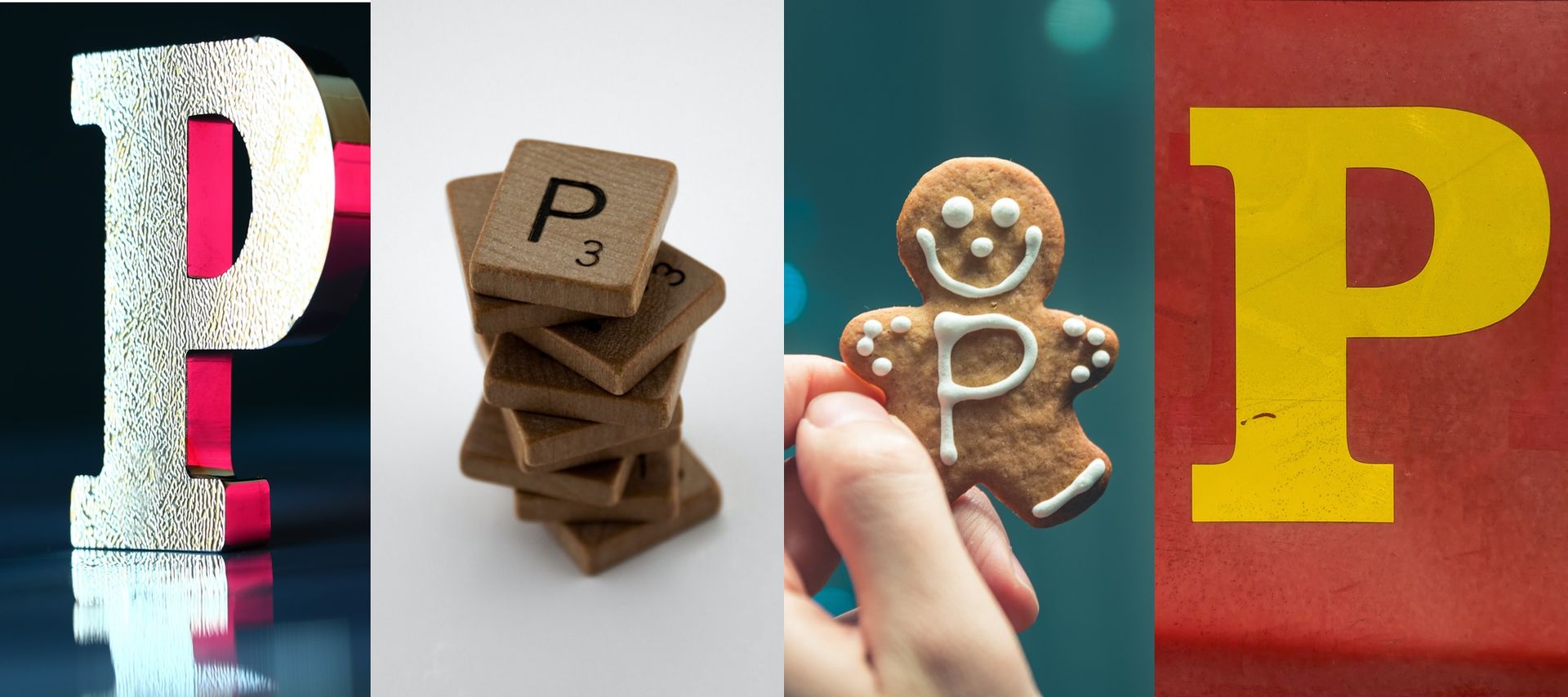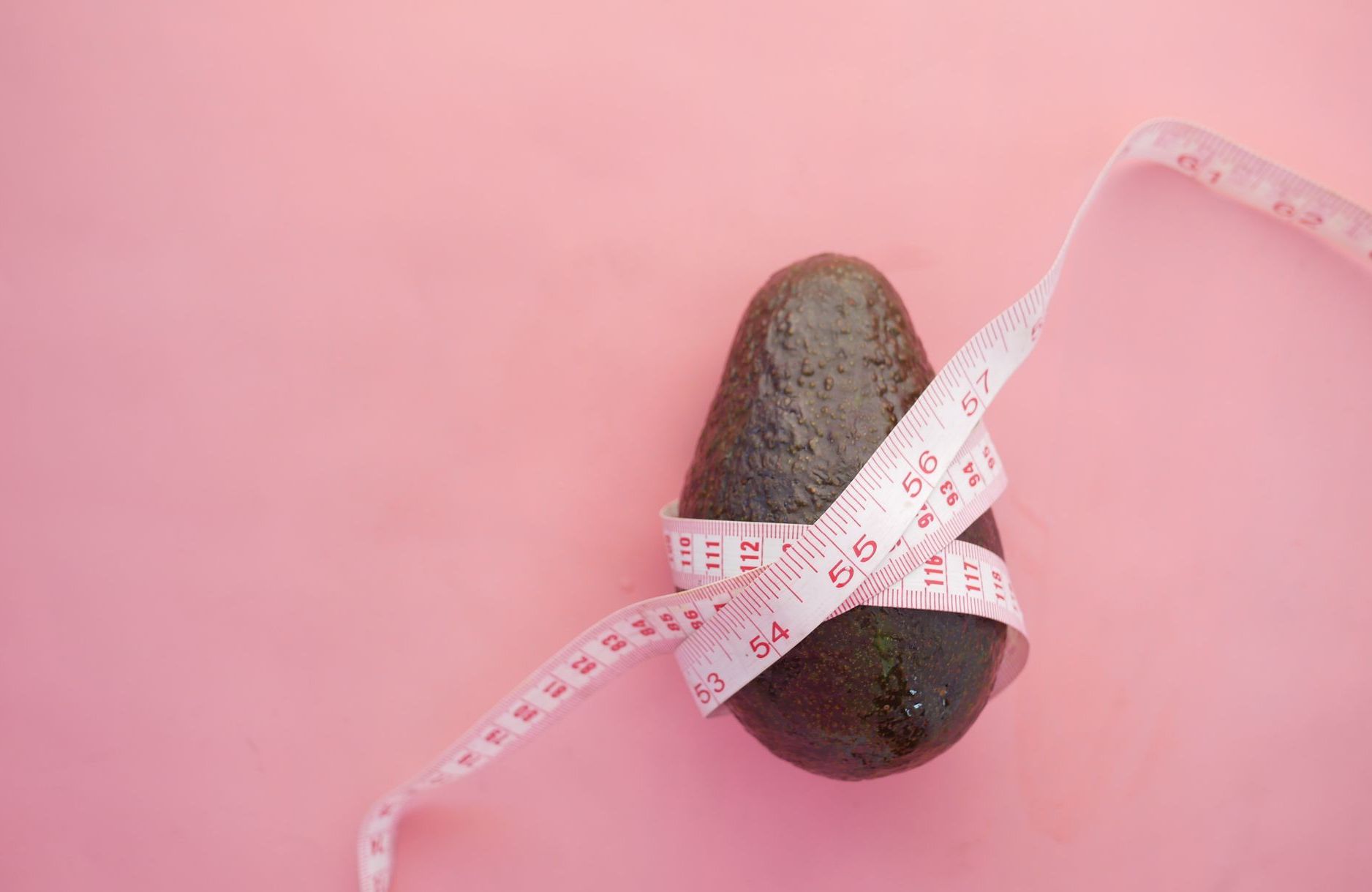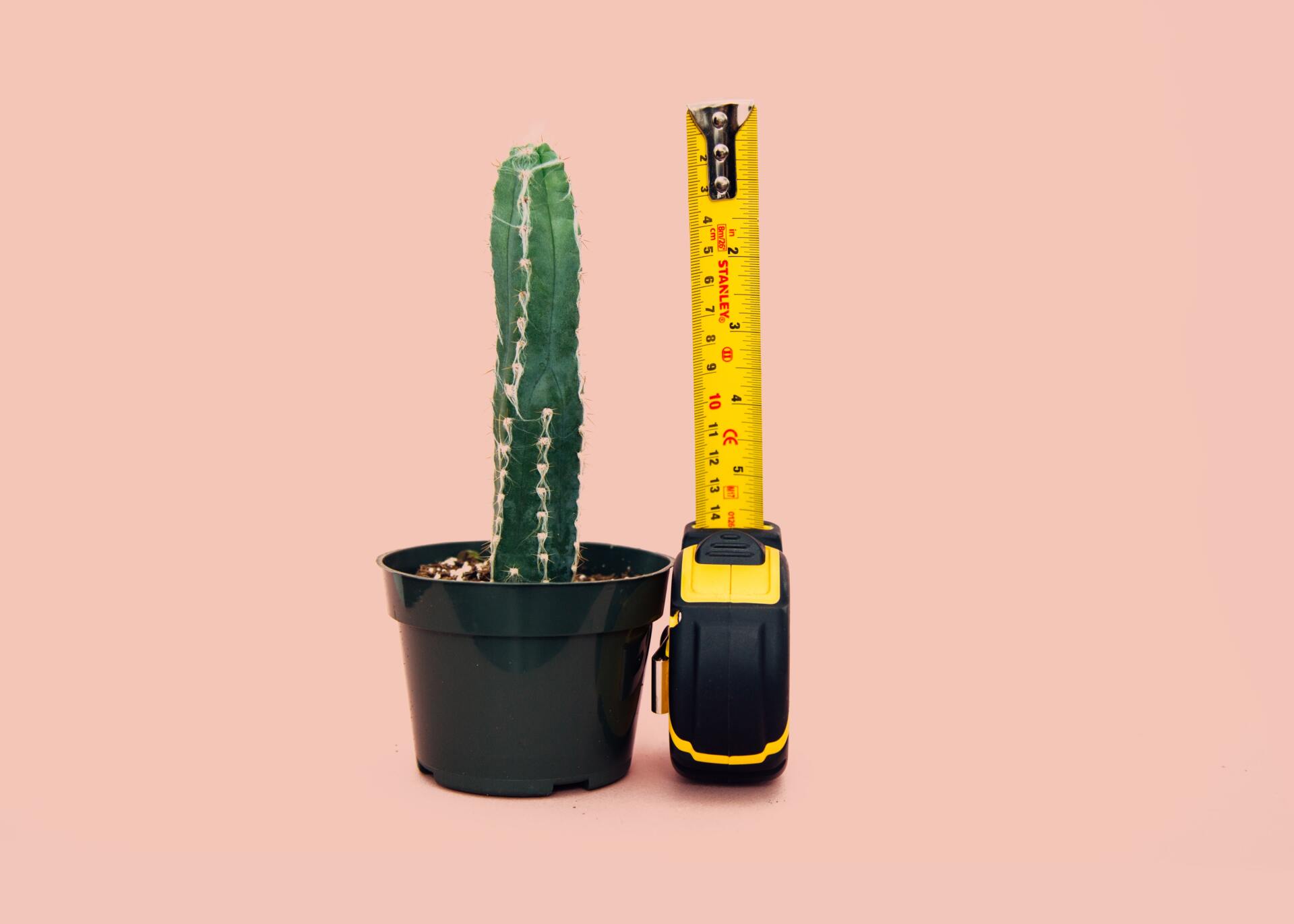Why, why, why redesign your packaging? The questions to ask and answer before you brief!
“We need to re-fresh the brand!"

How many times has a new brand manager heard that on their first day and then diligently set about seeing how much of an impact and ‘difference’ they can make?
But consistency reigns in branding - it’s literally what brand means:
Brand: An identifying mark
If you really want to earn your wings as a marketer, what you should be asking is 'why?'. Why would we re-design our packaging?
Before you embark on what, at best will be a costly venture and at worst an entirely misguided one, here 4 key questions to ask yourself or the person that's instigating the design change. Answering these before you start may result in you not starting the process at all or in a better brief when you do.
1. Has your brand become wallpaper?
In other words, is it failing to stand-out on shelf, on a direct-to-consumer website or at the bar (or wherever your brand is most frequently sited?
Why is this happening and how do you know? Is it a straw poll of one or have you had real and relevant feedback from customers and consumers?
Packaging and branding is all about context. It’s not about how it looks on the board room table, it’s about how it stands out in the context your consumers will be choosing it. For example, there are few brands that in an office setting would choose to go with grey, but it's worked wonders for Lurpak in setting it apart in a sea of buttery yellow.
Ask yourself:
- What specifically is making the brand fail to stand out? Do all the other brands have similar colours, images, fonts or pack formats? Is the main colour duller than others in the market? Are the text or logo too small? Is the pack too busy. Which brands are doing a good job and why? Think iconic Coca-Cola bottle!
- What are the category codes that consumers need and use that you can’t play with? For example, in the milk category, green means semi-skimmed, blue means whole milk. Generally, flavour colour codes are something all brands need to adhere to or you are creating work and confusion for customers. You can stand against the norm or change it (as Walkers Crisps did when they switched blue and green around) but understand why you're doing it and how it helps both the brand and consumers. Branding is about helping people make quick, easy decisions - not irritating them by making them think and work!
2. Has your brand lost relevance with your target audience?
If you believe this to be the case, how do you know it to be true? Are you seeing a decline in sales and have you researched why that might be the case?
A few points to reflect on here:
- Are you actually clear on who your audience is and what they want and need to hear and see from you? Where are the gaps between this and your current packaging?
- Have you understood why your brand has lost relevance overall? How much of it is just the visuals coming across as old-fashioned and how much is it an underlying issue with the product or proposition? Trying to solve the latter through a pack redesign simply won't work.
- What is still relevant and important to your audience? What do they care about, notice and remember about your packaging? What do you need to protect what makes the brand and its products recognisable and appealing?

3. Are you trying to broaden your audience or appeal to a different audience altogether?
Packaging redesigns and other positioning strategies and tactical executions can serve to help you find new audiences for your brand. Is this at the route of your redesign plans? If so, think about:
- Who are you trying to appeal to and why the move? How quickly do you want to make that change (looking at the early 2023 Bud Light saga, we’d always advocate looking at how you can broaden and/or slowly ‘shift’ appeal vs abandon and alienate a core customer unless you want to and are prepared for a short-term sales nose dive)
- Where are the commonalities between your existing and growth audience needs that you can tap into to ‘take people with you’ ? Where are the appeal sweet spots?
- What are the differences between your existing and growth audiences that the packaging needs to neutralise or avoid?
4. Are you trying to change what meaning and associations your brand stands for in people’s minds?
Packaging and brand redesigns are perfectly legitimate if you're looking to remove bad or unhelpful brand associations (think Burberry check and the ‘chav’). But they are equally valid if you're trying to add new or different associations to tap into a positive. For example, Dove used to just be about softer, smoother skin. Now it’s much more than that – and their healthy beauty positioning has become embedded into their brand look and feel.
Again, there are a few more things to consider:
- Be very clear on where you are in terms of what your brand stands for and its associations – what does it mean to people now? Where do you want it to go? What specific associations are you keeping and what are you changing? This really should be based on brand imaging research.
- Who's going to love what you do and who's going to hate it? You don’t want to be 'meh' to everyone – give a design an attitude to speak to and one to push against if you want distinctive work.
- Is packaging the first thing you are doing on this journey? If so turn around and go back to go now. Packaging has limitations. If you are changing brand meaning that's top level, holistic strategy. For it to land, your culture, product, advertising and comms will all have to change. They are the things that imbue meaning. Packaging only reflects this.
This 4 point check list with it's numerous whys and wherefores might feel hefty.
The point is – make sure you ask and answer some deep questions before you even agree to a pack re-design. And then remember it is your job (not your agency's) to have done the insight and strategy work and answer these questions for the brief - rather than leaving them for your agency to guess at or solve for you. This gives them focus and direction on the problem the creative idea and design need to solve. Plus, it gives you a clear framework against which the work can be evaluated.
Atalante is a Marketing Insight & Strategy business. We can help with packaging and audience insight, creative testing and agency briefing. Get in touch to discuss your packaging and brand redesign challenge and we'll help you figure out where to start.
Read more here on assessing your marketing strategy.










